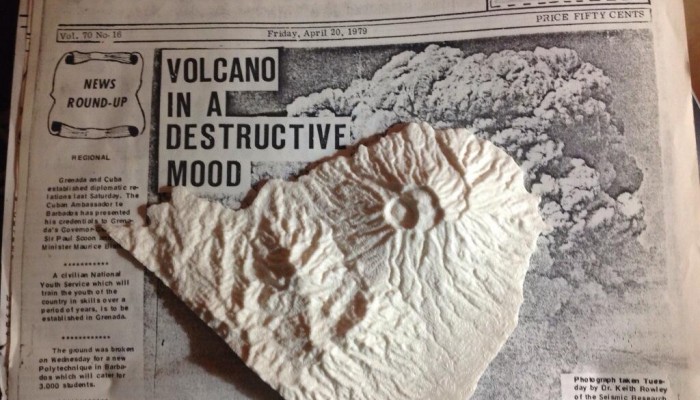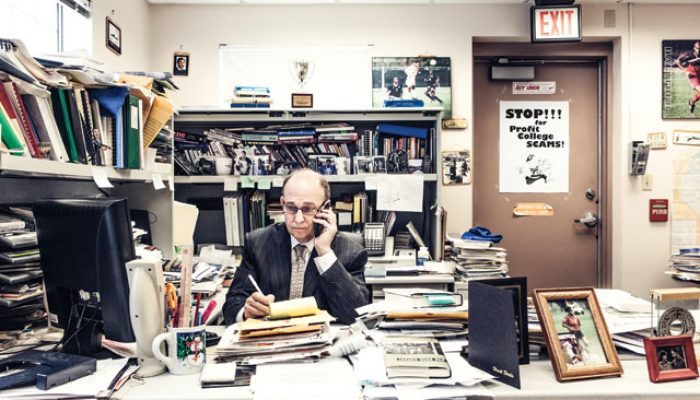The first geopoll was a huge success!! I was completely floored by the overwhelming number of responses and the time and care people took to give their opinion. The results of the last poll showed, overwhelmingly, that field work is of paramount importance to a good geology education. In fact, the top two choices with 160 and 157 votes apiece both involved taking students to the field. The third p ...[Read More]
Geology Jenga
Rocks of the Earth – EGU 2014
For the first time in 2014 the EGU General Assembly had a theme: The Face of the Earth. A number of special displays and talks were arranged to celebrate the first themed meeting. Our very own Dan was heavily involved with one aspect of Face of the Earth; along with some colleagues, he manned the Rocks of the Earth stand at the conference center foyer. No doubt a number of you donated rocks to be ...[Read More]
WaterUnderground
Vote now for the coolest hydrogeology paper in 2013 contest!
Vote here before May 31st for the coolest 2013 paper in hydrogeology! Seven papers have been nominated – it will take almost no time! Here are links for more information about the contest or the Early Career Hydrogeologist Network.
VolcanicDegassing
An 18th Century London Volcano
We are now just three weeks away from the launch of an ambitious public engagement project – ‘London Volcano‘. This will see us build a large scale-model of volcano on the front lawn of London’s Natural History Museum. This activity is all part of Universities UK Week 2014, and our aim is to highlight the work we are doing on ‘Strengthening Resilience in Volcanic Area ...[Read More]
VolcanicDegassing
Thermal imaging of volcanic eruption plumes
Thermal imaging using infra-red cameras is now a widely used tool in the monitoring and analysis of volcanic explosions, and this pair of time-series snapshots of two short-lived ‘Vulcanian‘ explosions at Volcán de Colima, Mexico, shows one example of why. In each panel, times (in seconds) are times since the start of the explosion sequence; and the temperature scales (vertical colour ...[Read More]
Green Tea and Velociraptors
Last dinosaur of its kind found in the land that time forgot
In terms of iconic dinosaurs, the gargantuan sauropods are certainly up there. Along with the mostly meat eating-theropods, and herbivorous and often armoured ornithischians, they form one of the three major groups, or clades, of dinosaurs, and were the biggest animals to ever walk this Earth. The end of the Jurassic period, some 145 million years ago, was a pretty important time for sauropods. Th ...[Read More]
Green Tea and Velociraptors
Social Media and the Seven Twitter Accounts
“Postpublication peer review on social media is like the mosh pit at a punk rock conference. It’s fast, uncoordinated, a lot less subtle, more in your face, and involves a few more risks.’ Peer review is the cornerstone of scientific legitimacy – it is the process where research is analysed by your professional peers. Traditionally, this has been conducted before the public ...[Read More]
WaterUnderground
What busy profs would like to read in a blog post about active learning
During a great workshop today on active learning in engineering at McGill I asked two questions (using Socrative) , of the audience. Here is a summary of 24 answers I received: 1) I would like to read blog posts about: activities for large classes (18% of people) activities for small classes (30% of people) technology in active learning (22% of people) wacky or creative ideas for active learning(3 ...[Read More]
Green Tea and Velociraptors
Another clue to the origins of dinosaurs
Often the early evolution and radiation of the first dinosaurs is an overlooked part of their tale, in favour of the more dramatic but arguably no less important tales of their later radiations and extinctions. It is actually a fairly poorly understood part of their evolution too, with the timing, and actual mechanism that drove them to become the most successful land group ever still a bit of a m ...[Read More]
Geology for Global Development
Blog Break
Due to widespread commitments in other areas of our work – we’ll be taking a two-week break from regular blogging (although may publish occasional articles). You can find a wide range of articles in our archives, and will be back publishing new articles from the week beginning 26th May.


